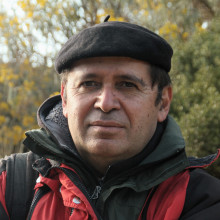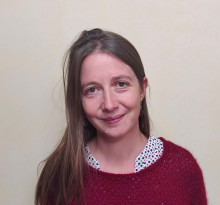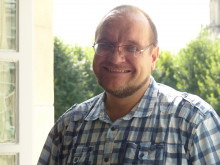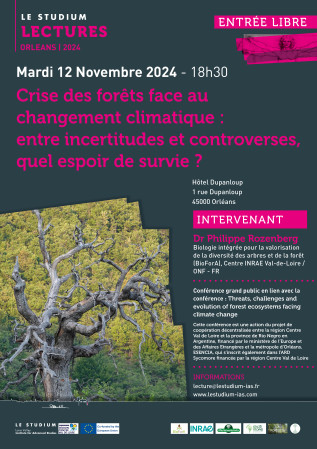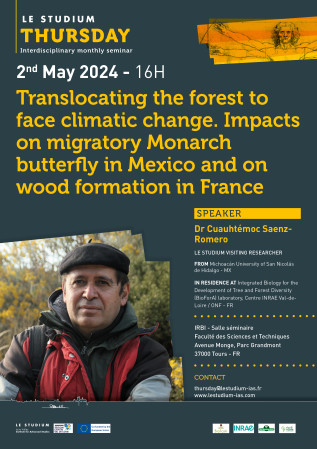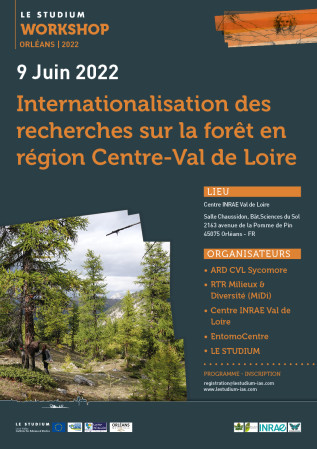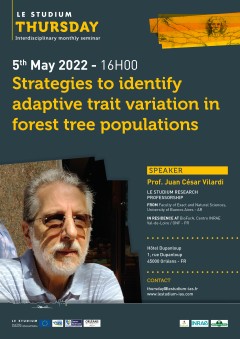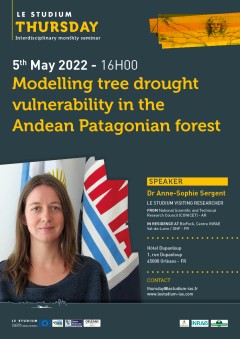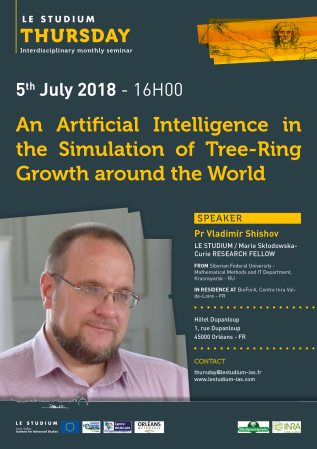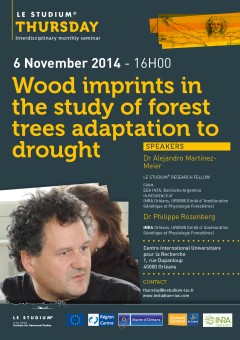Integrated Biology for the Development of Tree and Forest Diversity (BioForA)
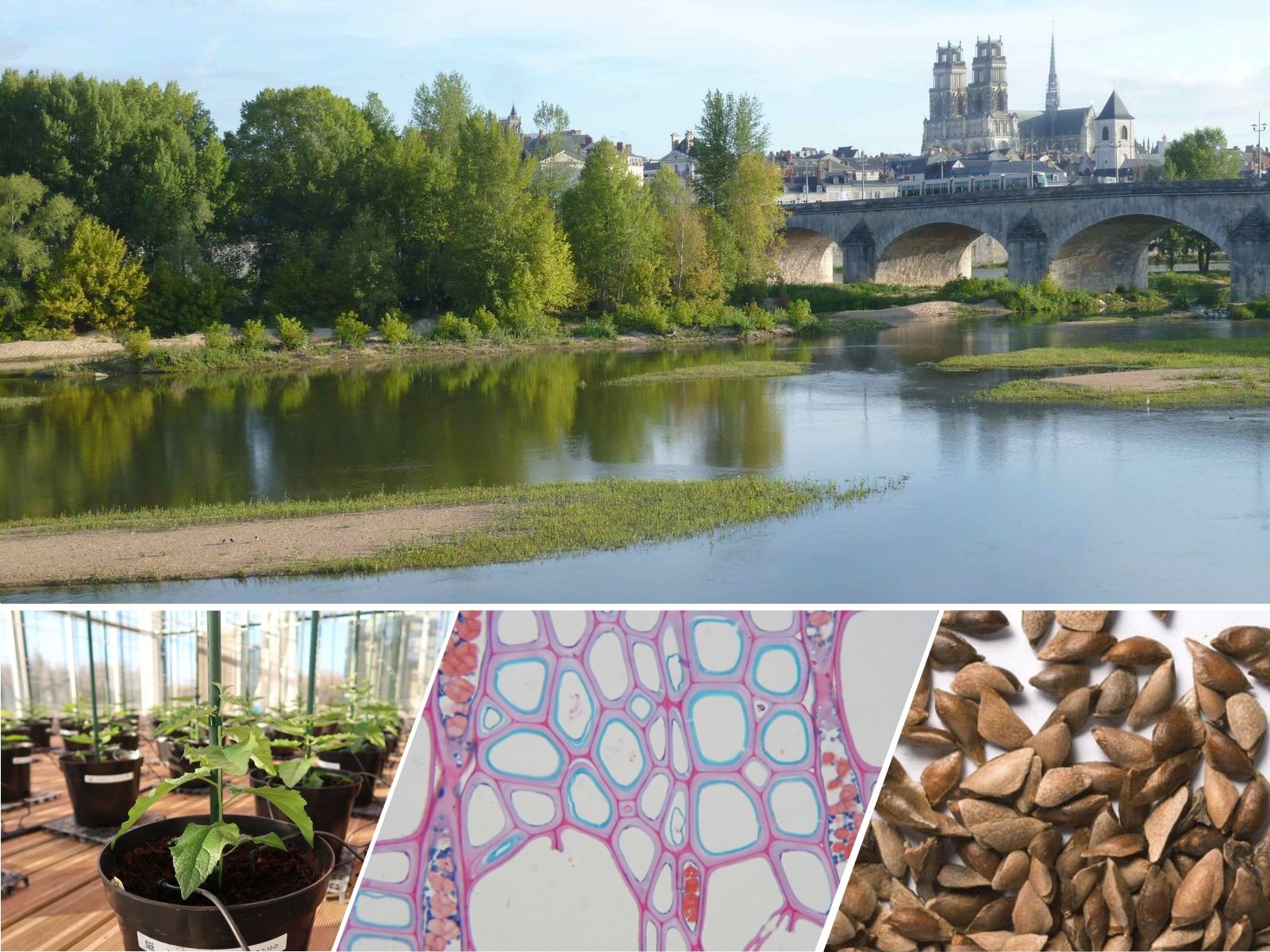
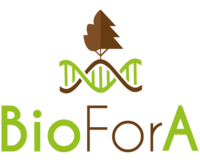
2163 avenue de la pomme de pin
CS 40001 ARDON
Orléans 45075
France
BioForA brings together expertise in genetics, genomics and physiology applied to the study of forest trees. The research carried out aims to enhance the value of forest genetic resources with a view to sustainable timber and biomass production, while taking into account the ecological impact of domesticated populations on the ecosystem and a changing climatic context. BioForA conducts genetic improvement programmes on 6 forest species (Douglas fir, larch, Scots pine, ash, cherry, poplar) and is involved in innovative strategies for selection and dissemination of genetic progress. It is involved in the evaluation and management of genetic diversity as well as in the study of interactions between improved varieties and corresponding wild populations, thus helping to define strategies for the management and conservation of forest genetic resources. In order to meet these objectives, an integrative biology approach is being developed mainly on the poplar model to better understand the genetic determinism of the complex traits of interest involved in tree development (phenology, growth, wood properties), its adaptation to environmental constraints (resistance to pathogens, water use efficiency), thus contributing to the construction of the phenotype.
It is based in Orléans and comprises 2 teams:
The GFP2 team: Combining functional genomics, quantitative genetics and population genetics approaches, the team focuses on two components: firstly, understanding the mechanisms underlying two of the functions essential to the life of trees, wood formation and root development, in the context of a changing environment. Secondly, we need to use this functional knowledge to better predict the characteristics linked to these essential functions.
The ACORE team (joint INRAE - ONF): Using genetic, physiological and modelling approaches, among others, the team focuses on making the most of the genetic variability available, or to be mobilised, in selection and conservation programmes, taking into account new evaluation criteria that integrate environmental changes and the functions of reproduction and seed quality.
Facilities and main equipment:
- PHENOBOIS platform: Phenotyping of the physio-chemical properties of wood and tree hydraulics
- LICA tree cell engineering laboratory
- Forest Biological Resources (RARe infrastructure)
- Genotyping centre



